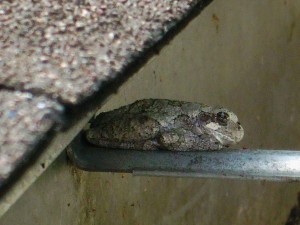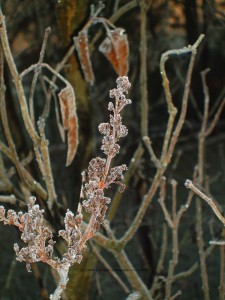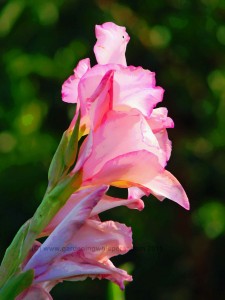Book Review “The Allergy-Fighting Garden”
by Thomas Leo Ogren
The Allergy-Fighting Garden Reviewed by Kenneth Wilson “The Gardening Whisperer”.
This review is prepared to be on www.Gadeneningwhisperer.com. This book was written by Thomas Leo Ogren, 2015 and edited by Lisa Regul of Ten Speed Press.
 Thomas has a Masters Degree in Agricultural Science with an emphasis on plant flowering systems and their relationships to allergy. He is the creator of (OPALS) or the Ogren Plant Allergy Scale. He has been a teacher, business owner, landscaper, has been on TV. He has written many books and articles about plants and allergies. His whole career has been given to helping those with allergies.
Thomas has a Masters Degree in Agricultural Science with an emphasis on plant flowering systems and their relationships to allergy. He is the creator of (OPALS) or the Ogren Plant Allergy Scale. He has been a teacher, business owner, landscaper, has been on TV. He has written many books and articles about plants and allergies. His whole career has been given to helping those with allergies.
I have learned a lot in my many years in horticulture and thought I had figured out a lot of answers until I read Tom Ogren’s book about Allergies. In the beginning, he lays out the dilemma about allergies he noticed that his wife’s asthma attacks happened when her allergies were at their worst and pollen was everywhere. He then isolated the plants that were producing the major pollen problems and then started to design a yard without the male pollen spores and used female plants that would attract and hold the pollen so it did not blow about causing problems. He has written several books and has been seen on television on several programs. He established the (OPALS) scale or the (Ogren, Pollen, Allergy Scale), which rates from one (1) to ten (10) the severity of a plant to be an irritant that would cause allergies to humans. He uses several variables to determine this number.
He describes how pollen and allergy have been on the increase in the United States and how the practices of horticulturists have increased the number of pollen grains flying around. His explanation is that the drive to produce more male plants so as to reduce female plants so there is less trash to pick up under female trees. The increase of male trees which has added more pollen and fewer female trees to grab hold of the pollen has added immensely the amount of air-born pollen. His explanation of how a plant is pollinated is excellent and he lists some of the major plants that are wind-pollinated. He gives advice on establishing a plant screen to help reduce the amount of flying pollen.
At the end of the book, Tom has included in this book are one thousand plus plant and their (OPALS) number. It contains all types of plants, trees, shrubs, grasses, annuals, and perennials this is very helpful in designing your allergy-free garden. Unfortunately, there are many plants in the United States and this list is only a start.
It is an excellent book and must be read to think about what other horticulture practices are doing to unbalance the environment. These practices may also affect the pollination balance with native plants thus affecting bee problems.
Get yourself a copy of “T
he Allergy-Fighting Garden” by Thomas Leo Ogren and enlighten yourself.
©Ken Wilson Gardening Whisperer 2016


 Thomas has a Masters Degree in Agricultural Science with an emphasis on plant flowering systems and their relationships to allergy. He is the creator of (OPALS) or the Ogren Plant Allergy Scale. He has been a teacher, business owner, landscaper, has been on TV. He has written many books and articles about plants and allergies. His whole career has been given to helping those with allergies.
Thomas has a Masters Degree in Agricultural Science with an emphasis on plant flowering systems and their relationships to allergy. He is the creator of (OPALS) or the Ogren Plant Allergy Scale. He has been a teacher, business owner, landscaper, has been on TV. He has written many books and articles about plants and allergies. His whole career has been given to helping those with allergies.
 This is an ending picture of the year; it is a tribute of lilacs of past spring and the consideration of next spring’s blossoms to come. I hope you’ll (southern term) have had a grand 2015 and will have an enormous 2016.
This is an ending picture of the year; it is a tribute of lilacs of past spring and the consideration of next spring’s blossoms to come. I hope you’ll (southern term) have had a grand 2015 and will have an enormous 2016.